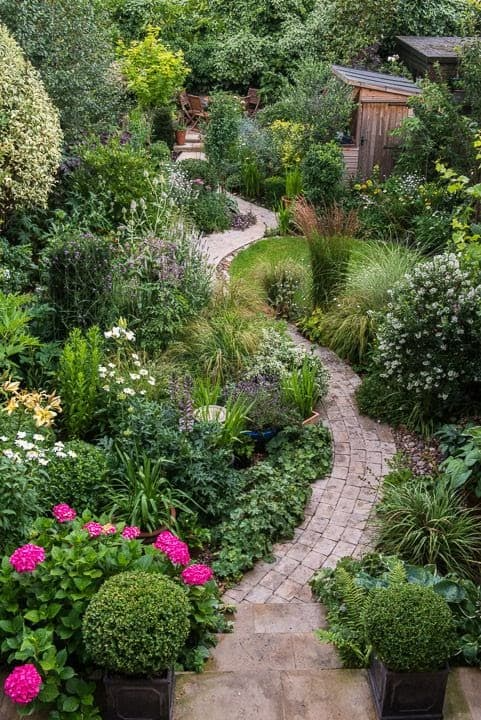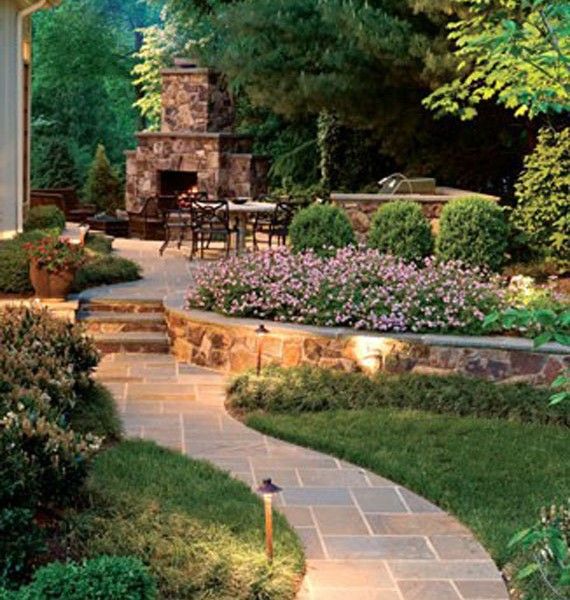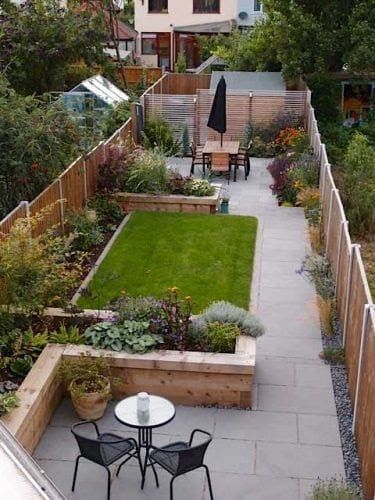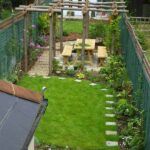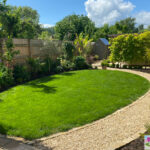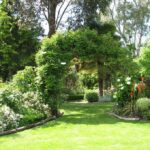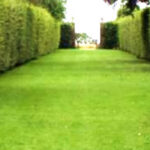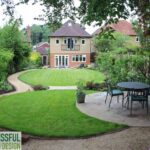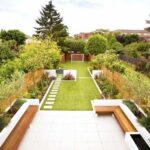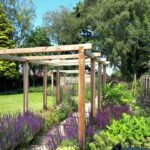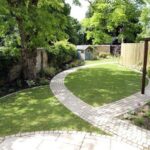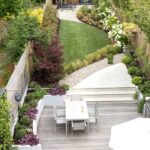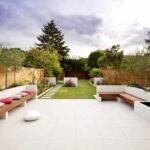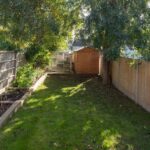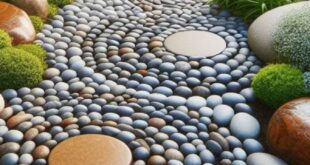Long gardens can present a unique design challenge for homeowners, but with some careful planning and creative thinking, they can be transformed into beautiful and functional outdoor spaces. When working with a long garden, it’s important to first consider the overall layout and how you want to use the space. One approach is to divide the garden into distinct areas, such as a relaxing seating area, a dining space, and a play area for kids.
To create visual interest in a long garden, consider incorporating different levels and textures. For example, you could add raised flowerbeds or planters to break up the space and add depth. You could also experiment with different materials, such as decking, paving, and gravel, to create a dynamic and inviting environment. By mixing textures and materials, you can create a sense of movement and flow throughout the garden.
Another key element in designing a long garden is to pay attention to the aspect and natural light. Consider where the sun hits the garden at different times of the day and plan your planting accordingly. For example, you may want to place a seating area in a sunny spot for enjoying breakfast in the morning, while a shady area could be perfect for relaxing in the afternoon. By carefully considering the natural light in the garden, you can create a space that is both beautiful and practical.
When it comes to planting in a long garden, think about creating focal points to draw the eye and break up the space. This could be a striking tree, a colorful flowerbed, or a piece of sculpture. By adding focal points, you can create visual interest and give the garden a sense of cohesion. You could also experiment with different plant varieties and textures to create depth and contrast throughout the space.
Incorporating features such as water elements, fire pits, and outdoor lighting can also enhance the design of a long garden. Water features, such as fountains or ponds, can add a sense of tranquility and create a focal point in the garden. Fire pits or outdoor heaters can extend the use of the garden into the cooler months, while cleverly placed lighting can create atmosphere and highlight key features. By incorporating these elements into the design, you can create a garden that is not only beautiful but also practical and enjoyable to spend time in.
Overall, designing a long garden requires careful planning and consideration of how to make the most of the space. By dividing the garden into distinct areas, incorporating different levels and textures, and paying attention to natural light and planting, you can create a beautiful and functional outdoor space. By adding focal points, experimenting with plant varieties and textures, and incorporating features such as water elements and outdoor lighting, you can enhance the design and create a garden that is both visually appealing and a joy to spend time in.
 yishifashion Where Outdoor Dreams Become Reality
yishifashion Where Outdoor Dreams Become Reality
